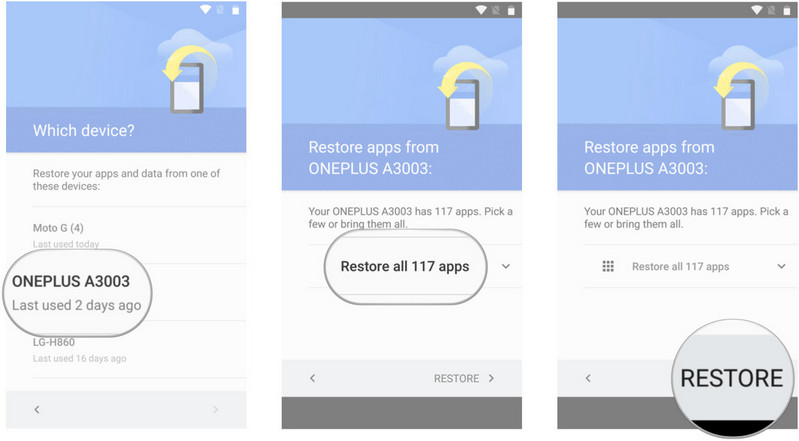

You can also install it in the memory inside eMMC, but if you mess up the settings and the system stops booting, you will be in real trouble. I chose the safer method of starting armbian from the SD card. The Linux installation procedure is largely based on the great work of the developer, which can be found here: csc-armbian-for-rk3318rk3328-tv-box-boards

And despite the problems encountered, I am very positively surprised by the final effect.Ģ Installing Linux: creating Android firmware backup

But we will use this model for other purposes than running Android TV and playing 4K movies. They tend to overheat and do not work stably (in particular USB3.0 port which affects also rk3328). The most common opinion you can find about rk3318 tv-boxes is: don't buy them. 2.4 and 5G Wifi (in my case it's BCM43342 chip).X88 PRO 10: rk3318 CPU, 2GB RAM and 16GB eMMC Today I'm reviewing the weakest and cheapest (under $30) device from my collection: Most of these cheap devices are of low quality and can break without modification anyway. So at worst, you may need to use an Ethernet connection only.īy installing Linux you risk voiding your device warranty and could brick it if something goes wrong. Even the same model may have a different Wi-Fi chip installed depending on the revision of the main-board (usually also combined with RAM and disk size version). The most common problem with tvboxes is that most of their Wi-Fi and Bluetooth devices are not supported by Linux Kernel. H616 is inferior compare to old H6, rk3318 is inferior compare to rk3328, S905x4 is closed for opensource community contrary to the old S905x3. The latest new models are almost always inferior to their predecessors or they are much pricier, so you'd better hurry up before the old models run out. The current supply crisis has unfortunately also affected the tvbox market. I only choose devices that support USB 3.0 as this is an important feature for most USB grabbers. For example, testing popular and cheap tv-boxes by trying to install Linux OS on them. Even the new Raspberry Pi Zero 2W that was recently tested is no longer available or costs over $ 30 in my country, so we have to look elsewhere.

The optimal solution like the Raspberry Pi 4 with USB3.0 is not available in the market or the price is about 4 times the initial price. With the latest review, I want to open a new chapter for new platforms that can be the hardware base for HyperHDR. With the help of my Github sponsors (thank you!) I have the opportunity to test different hardware such as grabbers and other IoT devices like ESP8266 / ESP32 to check HyperHDR compatibility or design new software for them like HyperSerialESP8266/HyperSerialEsp32/HyperSPI etc.


 0 kommentar(er)
0 kommentar(er)
